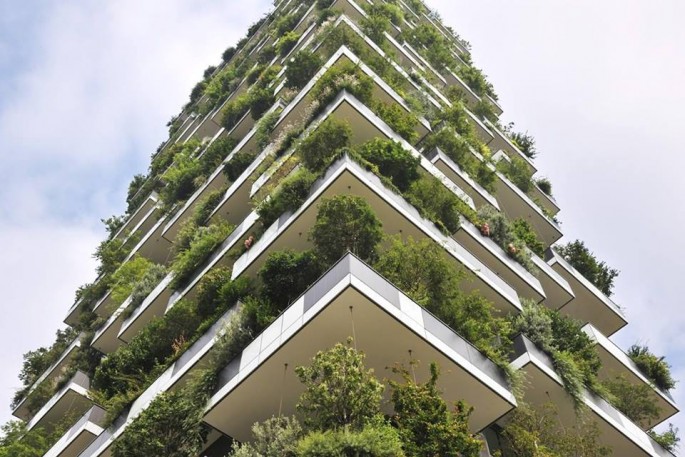To address the worsening air pollution in China, a group of Italian architects is set to construct the first vertical forest in Nanjing.
The vertical forest design was an innovation of an Italian architecture firm, Stefano Boeri Architetti. The Nanjing Green Towers are two multi-rise buildings that will be constructed in the Pukuo District.
Boeri made similar designs in Milan, Italy, and Lausanne, Switzerland.
Vertical forests are buildings that are designed to house thousands of trees and shrubs on the structures' exterior. The design that was made for the Nanjing Green Towers will have trees on the buildings' uppermost deck.
This is a project that will be set in Asia for the first time.
According to the firm, there will be 1,100 trees planted from nearly two-dozen local species, as well as 2,500 cascading plants and shrubs.
In total, the greenery will occupy 6,000 square meters. The plants are expected to absorb 25 tons of carbon dioxide annually.
The company estimated that 60 kilos of carbon dioxide will be absorbed by the trees on a daily basis.
"Every day architects all around the world rethink and reinterpret the idea of the trees in the sky," stated the company on its website.
It added, "Each of these attempts is extremely important for the future of architecture and the future of our planet because the single thought can have a certain impact, but thousands of thoughts can change the world."
The Nanjing Green Towers will be completed by 2018. Future projects will be implemented in other Chinese cities such as Shijiazhuang, Liuzhou, Guizhou, Shanghai and Chongqing.
The eco-friendly project set in Guizhou will be a forest hotel located in 400 acres of rolling hills. The hotel will have a gym, a lounge, bar, a restaurant and a VIP area.
China's smog crisis reached a peak last New Year's holiday. Red alerts were repeatedly raised because air particles reached life-threatening levels.
The lack of visibility also led to the cancellation of flights and road blockages.



























